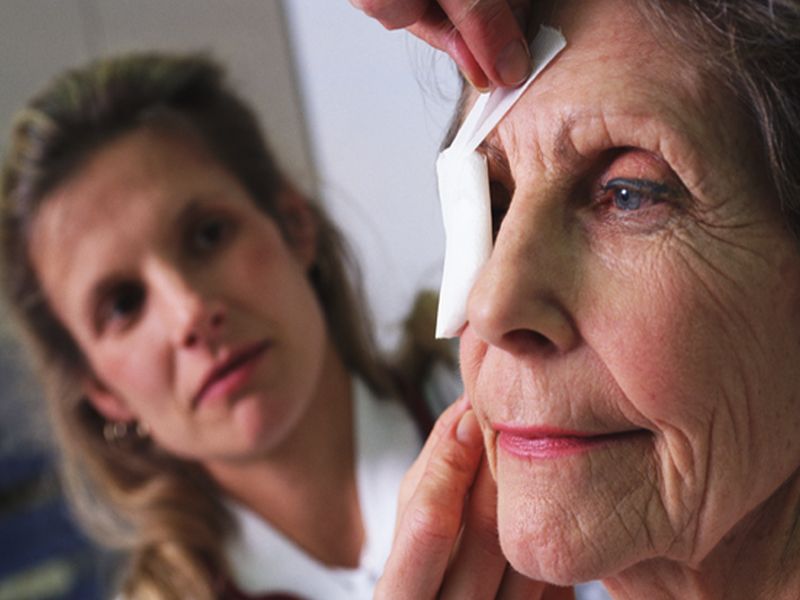Opioid Prescriptions for Eye Surgery Patients Surge

THURSDAY, Sept. 19, 2019 (HealthDay News) -- Though eye surgery has gotten easier for patients, the percentage who filled an opioid prescription after an eye operation tripled between 2000 and 2014, a new study reports.
"This really is surprising, given that there have been tremendous strides in the past decade to reduce the invasiveness and recovery time for these procedures," said senior study author Dr. Brian VanderBeek. "We would have expected rates to go down, not up."
VanderBeek is an assistant professor of ophthalmology at the University of Pennsylvania in Philadelphia.
For the study, his team tracked filled opioid prescriptions among more than 2.4 million patients who had "incisional" eye surgery in the United States between 2000 and 2016.
In 2000-2001, across six different ocular subspecialties, 1.2% of patients undergoing cataract surgery or other types of incisional eye surgeries filled an opioid prescription afterward.
But by 2014, that figure rose to 2.5% of patients. The uptick eased in 2015 to 2.2%, and then again in 2016 to 2.1%, according to the report published in the Sept. 19 issue of JAMA Ophthalmology.
Eye surgery patients in the Northeast were least likely to fill an opioid prescription; those in the Mountain states were most likely to do so. Odds were highest among black patients, men and those without a college degree, the findings showed.
After accounting for other factors, opioid prescriptions tripled during the study period across all of the eye procedures in the study, the researchers found.
VanderBeek pointed out that the procedures are unrelated to one another, yet the rise in prescription rates among them was nearly identical. That suggests something other than surgery-related pain is driving the increase, he said.
The findings dovetail with a nationwide opioid epidemic that resulted in more than 47,000 deaths in 2017 alone.
Still, compared with patients who undergo other types of surgery, prescription of opioids among eye surgery patients remains very low, the study authors stressed.
"Whenever you have an epidemic, I think it's reasonable to ask what you can do to curb it," VanderBeek said in a university news release.
"Even if eye surgeries are a minor source of the problem, if we can limit some of the exposure to opioids, in light of the national emergency, we are obligated to do what we can. We don't want people to be in pain, but we also don't want to continue to fuel the problem if we can avoid it," he added.
More information
For more about the opioid epidemic, visit the U.S. Department of Health and Human Services.

The news stories provided in Health News and our Health-E News Newsletter are a service of the nationally syndicated HealthDay® news and information company. Stories refer to national trends and breaking health news, and are not necessarily indicative of or always supported by our facility and providers. This information is provided for informational and educational purposes only, and is not intended to be a substitute for medical advice, diagnosis, or treatment.

